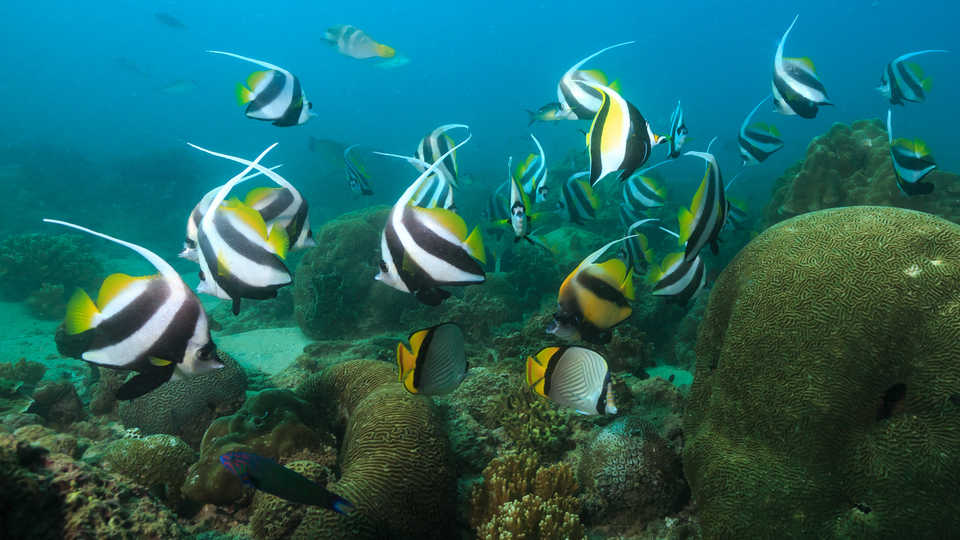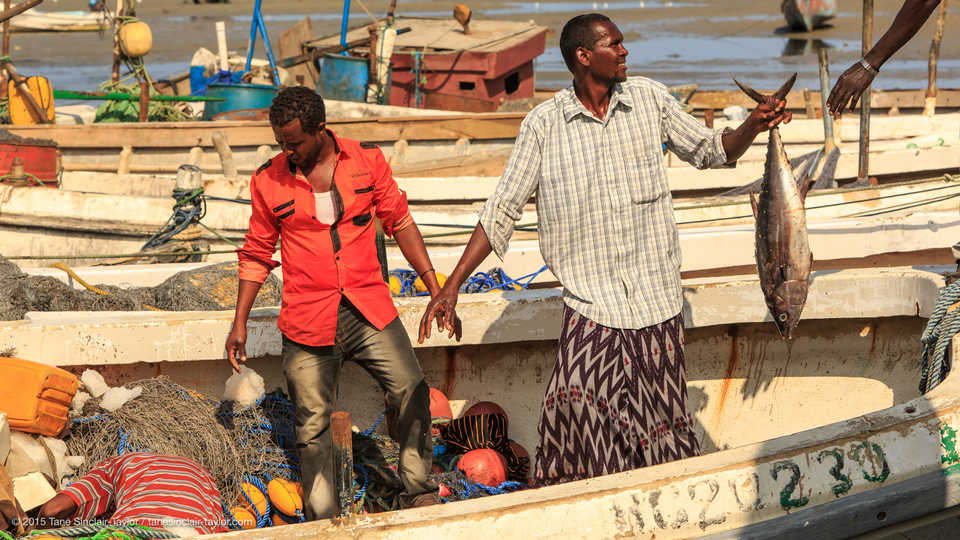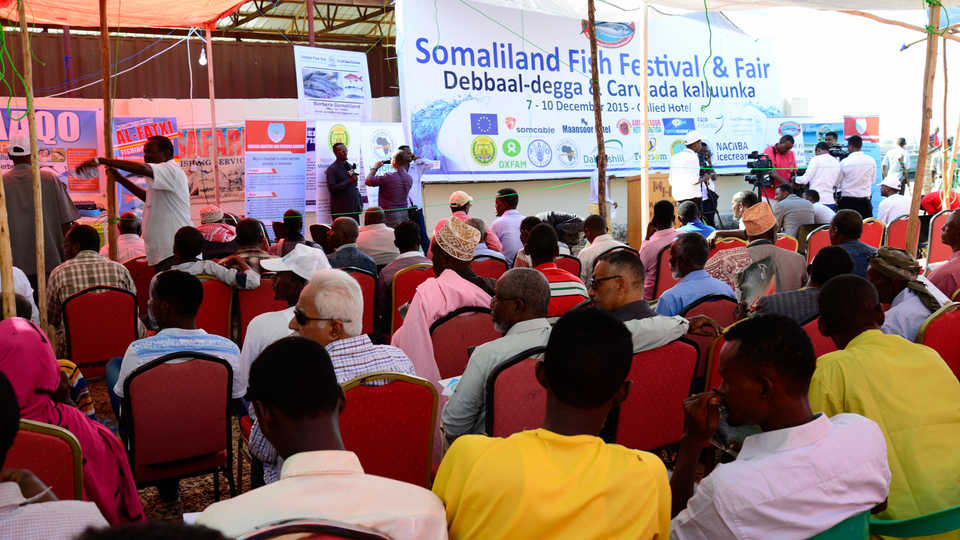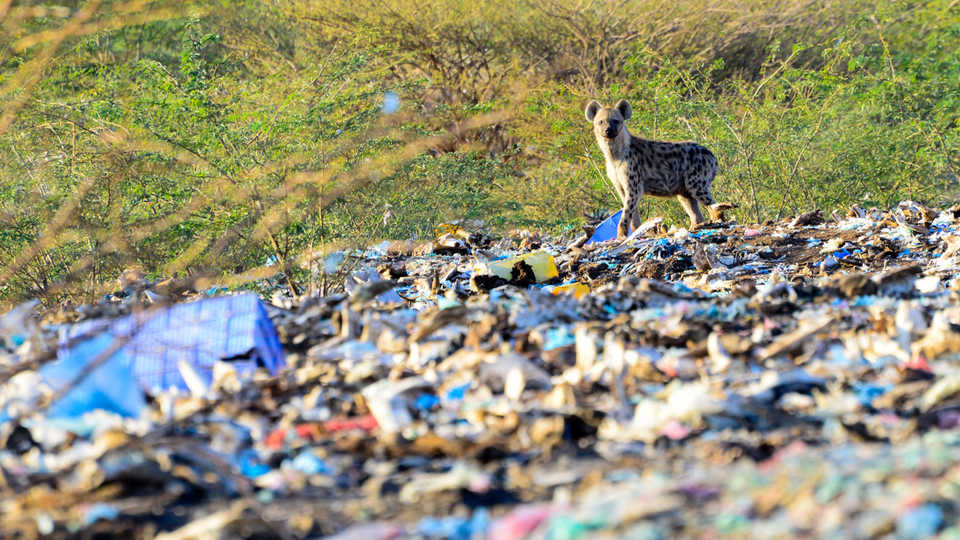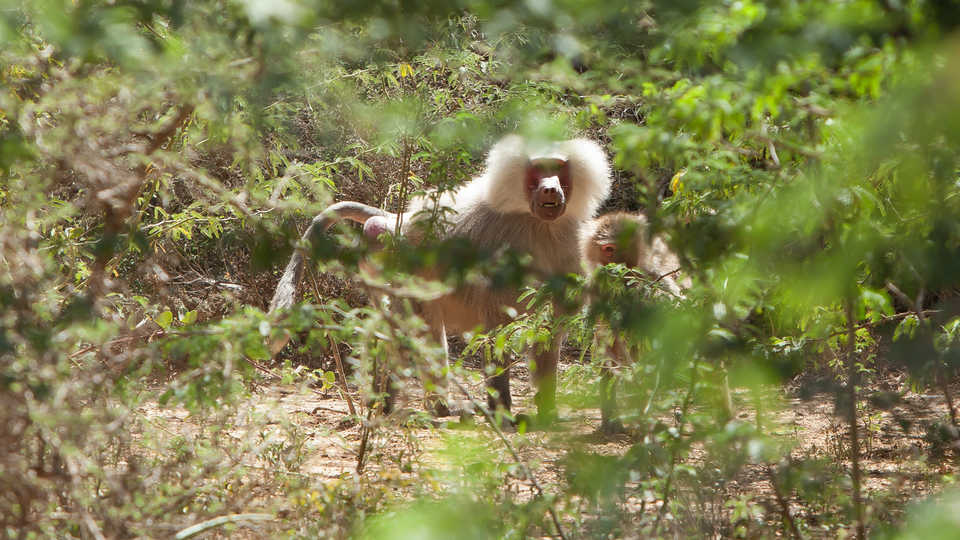Epilogue A guest blog by Dr. Joseph DiBattista with photos by Tane Sinclair-Taylor and Luiz Rocha
Field expedition funded by the National Geographic Society Committee for Research and Exploration
The next few days pass quickly, two daily dives followed by sample processing at the hotel. We go about our routine in the relentless afternoon sun but are often distracted by a (slowly) passing desert tortoise, yowling cats that must surely smell the fish from miles afield, gazelles feeding on the fresh grass around our feet, and a legion of flies that seem to target our eyes, ears, and mouths. As is often the case, our final dive is the best one, we revisit a site surveyed by Schleyer that lies further away than we have ventured so far. The reef sits at the base of 40 m cliffs near Siyara, a coastal village where land abruptly meets the sea. Enormous boulders tumbled down the precipice and into the water aeons ago, and are now overgrown with sponges, zoanthids (order Zoantharia), and Astreopora mounds. Reef fish biomass here trumps all other sites that we have surveyed. Standing schools of sweepers hover just above the rocky shelf, adult blubberlip snapper amass in numbers not ordinarily seen elsewhere, and an assortment of emperor fish appear to dart from coral to sand and back again. Honeycomb moray eels wriggle out of their congested holes only to trail along in the wake of our fish in hand.
We have made much progress cataloguing what is (and what is not) present on the coral reefs of Somaliland, and that evening we meet with the Minister of Fisheries to discuss future collaborations. His office is interested in what we have to say, particularly since the Somaliland people are born and bred on meat; fish represents a new and unexploited resource for them. What little fish is consumed in the country consists mainly of pelagic species, Yellowfin Tuna (Thunnus albacares), Kingfish (Scomberomorus cavalla), Mahi-mahi (Coryphaena hippurus), and Orange-spotted Trevally (Carangoides bajad). There is little knowledge about the coral-reef associated fauna, often collectively referred to as “rock fish” in this part of the world. We part with the Minister on good terms, and he invites us to attend a fish festival at Berbera Port the following morning.
Our last day is hectic. We are shuttled to the fish festival hosted by a Danish-Somali NGO developing a commercially viable fishery in Somaliland. The timing of the event coincides with the incoming tide so as to mask the piles of trash that typically spoil the exposed mud flats in the harbor. What starts off as a simple affair soon transforms into a security nightmare. The Vice-President based in Hargeisa has decided to attend, and as we take our seats in front of the podium, a convoy of armored vehicles pulls up. Dozens of local police and decorated soldiers leap out of their transport brandishing an assortment of guns, ranging from pistols to high-powered rifles. Our gathering grows remarkably reserved as the soldiers scan the crowd for potential threats. Out of the corner of my eye I notice one soldier sitting on a flatbed truck bearing a black balaclava and camo gear, his puffed out chest swathed with strings of M60 bullets and hands resting on an anti-aircraft cannon. After a few tense moments, the Vice-President emerges from his SUV to tour the port facility with his entourage. The speeches begin in earnest but are soon interrupted by disgruntled, unemployed fishermen heckling the speakers. We learn that a large proportion of Somaliland Seaman's Union are not getting paid equitable wages because they do not belong to an internationally recognized organization. This adds to the 75% unemployment rate for Somaliland’s workforce, manifested in crowds of men, young and old alike, which gather for hours over Somali tea. Platters of grilled fish are passed around the congregation, which acts to defuse the situation, as everyone seems to settle on getting some food in their belly.
On the way back to Hargeisa, we make a quick stop for khat, a mild stimulant mainly sourced from the Ethiopian highlands that is consumed by 90% of Somaliland men. Our driver and SPU soldier rhythmically chew on their fresh cut leaves with fervor, their eyes now sharp and focused on the road ahead. Once close to the Hargeisa city limits, we take a detour up a rocky path and into the surrounding foothills. We soon pass modest huts with their walls wrapped in unfurled aluminum cans and more broadly encircled by thick mats of thorny brush. This, we are told, is how many of the nomadic people in Somaliland live and survive outside of the city. A pervasive, sour odour pours through the open windows of our Land Cruiser and soon swamps the interior. We notice a trail of trash, and what appears to be an assortment of jawbones, femurs, and standing pools of blood on the side of the road. Khalid tells us that this is the offal dumping ground for all major slaughter houses in Hargeisa, but also the best place to spot wildlife. Indeed, over the next hour, while shielding our faces from the sun and trying not to inhale the tainted air, we see hundreds of colorful starling flitting from tree to tree, small sounders of wart hogs trailed by endemic slender mongoose, timid pygmy antelope (known locally as Sayago) scampering through the bushes, a fierce family of baboons, hyenas and desert foxes intrigued by our presence, and all the time stalked by at least four different species of vulture circling overhead. This pseudo mesocosm has its base in the available scrap meat of the waste dump. It can hardly be characterized as a major tourist attraction, but we are enthralled by the experience.
Our last night in Hargeisa is spent at the ritziest hotel in the city, adjacent to a lively night market that sells everything from sandals to soldering irons, and a suspended Russian MIG jet, which doubles as a civil war memorial. We are sad to leave Somaliland and will remember many great people, particularly our facilitator Khalid and his curious friend. We only hope that our findings in the months to come will further scientific study, shed light on the coral reef fauna in this unfamiliar and unstable region, and perhaps help Somaliland learn more about its precious marine resources.
For updates and news follow Luiz Rocha on Twitter and for fantastic nature photography follow Tane Sinclair-Taylor on Instagram!

